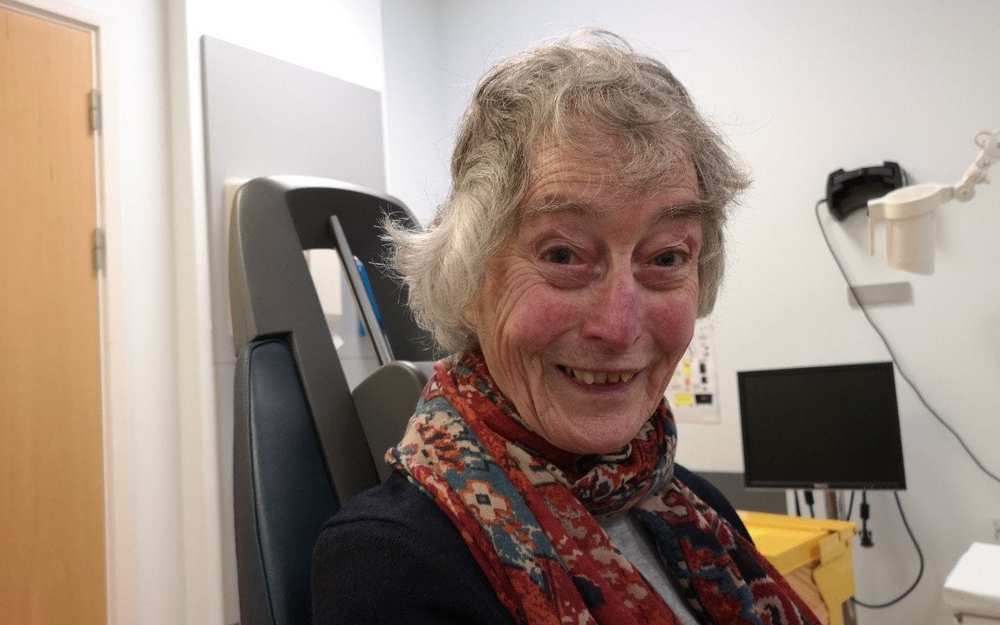Despite rapid advances in targeted therapies for cancer, tumors commonly develop resistance to treatment. When resistance emerges, tumor cells continue to grow unchecked, despite all attempts to slow cancer progression. While mutations in cancer cells significantly affect drug sensitivity, it is increasingly recognized that ecological interactions between cells can also play a role.
Jacob Scott, MD, DPhil, a physician-scientist at Cleveland Clinic, is interested in learning how cancer cells develop and maintain drug resistance from an eco-evolutionary perspective. He studies the evolutionary strategies that cells employ to survive even in the harshest of conditions. One area of focus of his laboratory is to examine the dynamics of sensitive versus resistant cancer cells and how they affect one another’s growth under the selective pressure of anti-cancer therapies.
“Rather than searching for a ‘silver bullet’ to wipe out all resistant cells, which is unlikely, we are focused on preventing the resistant cells from taking over—from ‘winning’ every time,” Dr. Scott said. “If we can achieve this goal, we can effectively make cancer a chronic condition.”

















